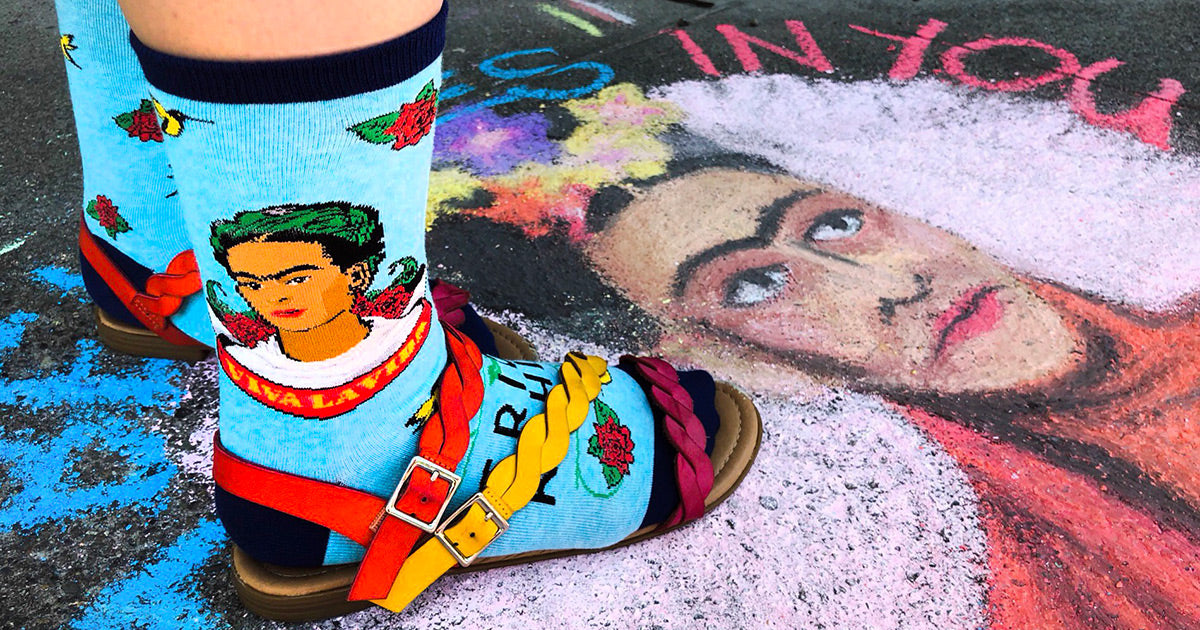
Fun socks with artists and famous paintings have become a popular gift for art students and art appreciators alike. The great thing about a pair of art socks is that it gives us the opportunity to express ourselves and celebrate the classics at the same time.
One of those most sock-worthy artists is Mexican painter and feminist icon Frida Kahlo, whose art and self-portraits now grace a variety of socks and even a face mask in our store.
Frida is more than a just pretty face on a sock, though. Grab a shot of tequila (Frida’s favorite drink) and take some time to learn just how amazing this badass chica really was. You’ll appreciate your Frida socks all the more!
Mexican Artist & Feminist Icon
Magdalena Carmen Frida Kahlo y Calderón (1907-1954), or Frida Kahlo as she is known today, was a Mexican painter and revolutionary raised by a somber family during the violent throes of the Mexican Revolution (1910-1920). From the very beginning life was not easy for her, and it never stopped to pull a punch, clear up until her death.
Yet she faced life, with all its hooks and jabs, with a courageous gaze crowned by that famous strong and solitary eyebrow. She took her blood and tears to canvas and painted vivid reflections of her innermost self, her deepest and most vulnerable pain and heartbreak— and she displayed it, with a knowing smile, for all the world to see.
A Frail but Fearless Child
As a sickly child disabled by polio at age 6, Frida was muscularly weak with one leg shorter and thinner than the other. She was solitary in her sickness, bullied into isolation by her peers. However, her father Guillermo Kahlo, a German photographer, nurtured her in art, literature, nature and philosophy and even insisted Frida do sports to help improve her health.
Art revealed itself to be a trusty means of coping, and Frida began to fill notebooks with sketches of herself, her siblings, and her school friends. It would seem she had overcome enough, and one would have liked to believe that she had seen the worst of things.
Lovers & The Bus Accident
Accepted to an elite preparatory school in 1922 that had only recently begun admitting women, Frida Kahlo blossomed and became committed to Mexican culture, political activism and social justice. She started to declare that she was born in 1910, the year the Mexican Revolution began, a lie she continued throughout her life.
Frida fell in love with one of her intellectual peers and the leader of her rebellious friend group, Alejandro Gomez Arias, with whom she exchanged passionate love letters. One day in 1925 when she was traveling with Arias, the bus they were riding on violently collided with a streetcar and Frida was impaled through her hip by a steel handrail. She somehow survived, her spine and pelvis fractured, but she had to stay in the hospital for several weeks and wear a full-body cast for three months. Arias did not visit her, which offered her a new pain completely separate from the physical one.
While in her cast, Frida began to paint. She painted with a special easel she could use while lying in bed, and had a mirror placed above her so that she could look at herself. She later said that the accident and recovery made her want to paint the world the way it looked through her eyes.This would be the start of her painting career.
Once she had mostly recovered from her accident, in 1927 she began to re-enter the revolutionary social scene where she met and fell in love with Diego Rivera, a muralist she had previously been fascinated with as a young girl. Rivera was, in fact, 20 years older than Frida. He was also still married to another woman. But after a passionate affair, Rivera eventually divorced his wife and married Frida in 1929. The pair had a volatile relationship that continued off and on up to her death.
Frida Kahlo Paintings
“I paint myself because I am often alone and I am the subject I know best.” — Frida Kahlo
Approximately one third of Frida’s entire body of artwork consists of self-portraits, or about 55 paintings. Frida’s visceral life experiences, both good and bad, allowed her to freely explore the light and shadows of her own existence, especially during periods of solitude and respite. She painted and evoked the dualities of hope and desire, life and death. And she did this through her unique style of folk art that mixed vibrant colors with ominous shades and head-scratching elements. Frida Kahlo’s paintings seem to have crawled straight from her dreams, and yet admirers could not decide whether she was a surrealist or a realist. To this she replied, “Really I do not know whether my paintings are surrealist or not, but I do know that they are the frankest expressions of myself.”
Career, Death & Fame
As she grew older, Frida's paintings gained recognition and she travelled the world including the United States, France, Sweden, and Germany. Her art was bought and she was commissioned by wealthy fans around the world. She continued to paint personally while establishing herself as a career painter. She also tried to use her talents to benefit the revolutionary communist movement, which she intensely supported, yet she often felt as if she had not done enough.
Eventually Frida returned to Mexico City to teach. Her health began to decline in the 1940s and her art from this period including “Broken Column” (1944), “Without Hope” (1945), and “The Wounded Deer” (1946) reflect her poor physical and mental state. Her brushstrokes, which were previously more delicate and thoughtful, had become rash and feverish.
And still she stayed strong. When she was bed ridden for a solo exhibition at the end of her life, she ordered her four-poster bed to be moved from her home to the gallery, much the shock of all the guests. About a year later, she was hospitalized. Shortly after this, she passed away in her childhood home, La Casa Azul in Mexico City. It is now a famous museum of her life and work.
While Frida Kahlo found moderate success in life, it wasn’t until the late 1970’s — about fifteen years after her death — that Kahlo’s art was rediscovered by historians and artists. Her work then quickly gained a resurgence and by the early 1990’s, she had become the internationally famous figure she is today. Now, her face and her art appears on many things — dolls, mugs, greeting cards and yes, even socks. Viva la Frida!
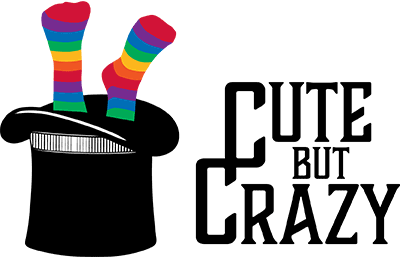
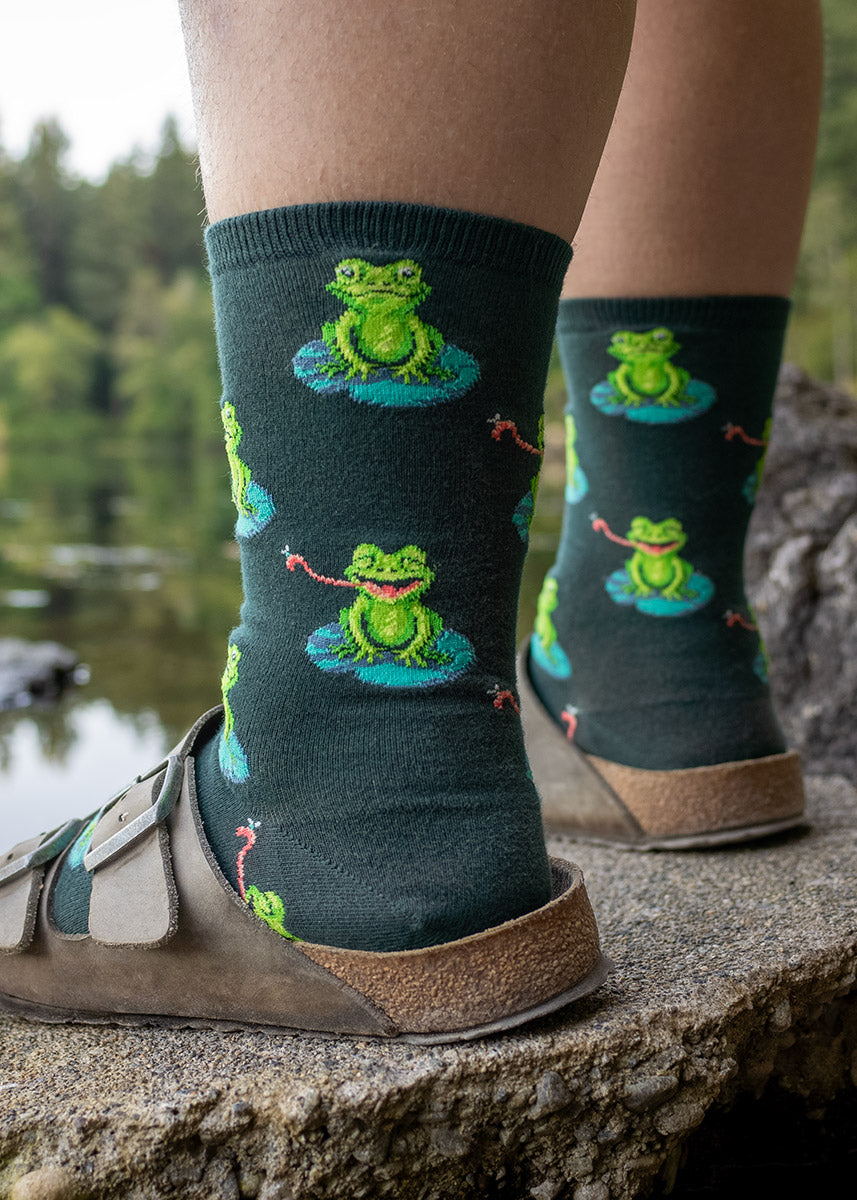





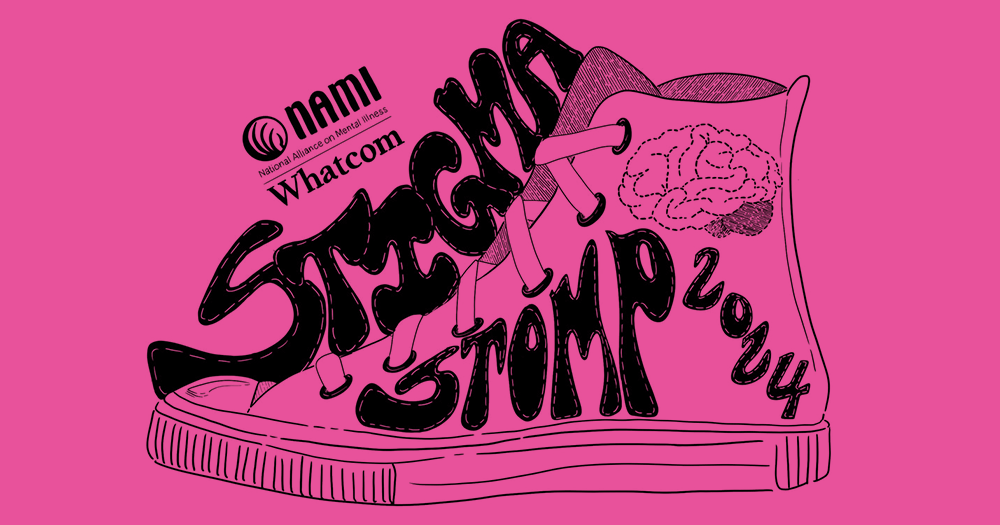
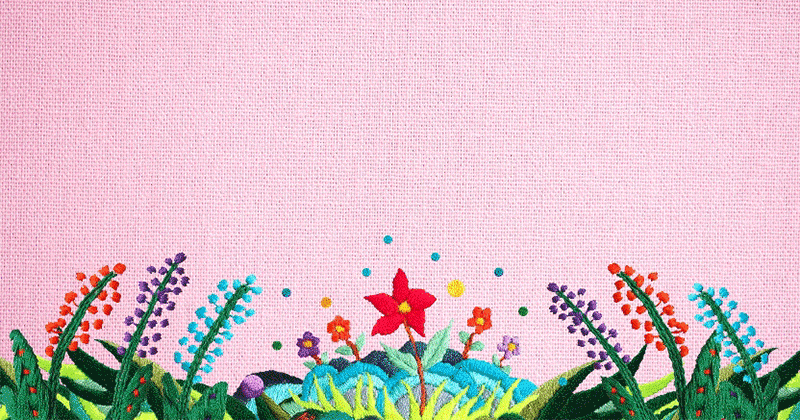

Leave a comment (all fields required)